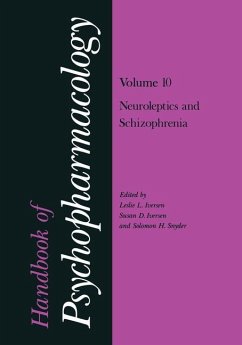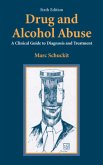Perhaps more than any other group of psychotropic drugs, the neuroleptics are a focus for integrating clinical application, neurotransmitter disposition, and pathophysiologic mechanisms of mental illness. Neuroleptic is a term referring to drugs of several chemical classes-phenothiazines, thioxan thenes, and butyrophenones-which have in common a selective ability to alleviate schizophrenic symptoms. Delay and Deniker derived the word neuroleptic from the Greek meaning "to grasp the neuron. " They coined the name because they noted that therapeutic responses to chlorpromazine tended to accompany the onset of neurological, extrapyramidal side effects, which they therefore felt related to the essence of the drug's antischizo phrenic actions. Subsequent research, particularly relating to neuroleptic effects on dopamine receptors, suggests that both therapeutic and neurologic untoward effects involve dopaminergic mechanisms, explaining their close though not invariant association. Thechapter by Davis and Garver summa rizes clinical facets of neuroleptics, analyzing their apparently specific clinical effects as well as reviewing practical features of drug use. Crane's chapter deals with tardive dyskinesia and other neurological side effects. Fielding and Lal discuss behavioral studies in animals which provide models for assessing the drugs' therapeutic efficacy. Janssen and Van Bever deal with the remarkable structure-activity relationships of the butyrophenones, the most potent and selective neuroleptics which were almost single-handedly devel oped through the brilliant efforts of Paul Janssen. Shore and Giachetti describe basic and clinical features of reserpine, the neurotransmitter effects of which differ from .








